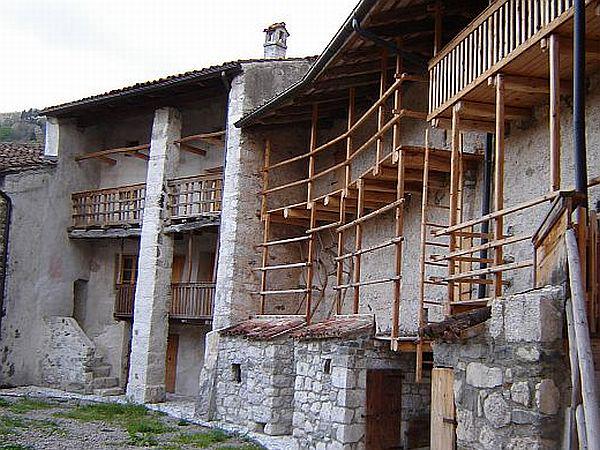
At first sight, the village of Breginj, largely dominated by 1970s architecture, may appear to be unremarkable. However, this settlement tucked in a remote valley in northwestern Slovenia was once an architectural jewel – before being all but destroyed in a 1976 earthquake.
For generations, Breginj was noted for its unique architecture, which recalled the time when it was a part of the Republic of Venice. With its high, Mediterranean-style homes, narrow lanes, folk frescoes, and characteristic balconies, it was noted as one of Slovenia’s prettiest villages.
On the evening May 6, 1976, a powerful earthquake struck the region. It left widespread devastation in Italy, where it left many villages in ruins and almost 1000 people dead. In Slovenia, the damage was less extensive and mostly limited to places near the Italian border. Breginj, however, was left in ruins.
In the days that followed, the authorities, with the assistance of the Yugoslav Army, demolished almost all of the buildings. The structures were quickly restored with austere, prehab houses, which still stand today. Only three old churches and the village church were preserved.
Almost immediately, the loss of the village’s remarkable architecture aroused significant controversy. However, in 1976, the Communist Party was still firmly in charge, and the controversy was quickly silenced. It wasn’t until Slovenia’s independence that the fate of Breginj once again began to inflame public debate, particularly among art historians. Even now, there is no consensus over the authorities’ actions; some say the quick construction of prefab homes was necessary to prevent the depopulation of an already remote village, while others bemoan the loss of the area’s cultural heritage.
Even though most of the traditional architecture is now lost, Breginj’s three surviving homes have been transformed into a museum, were visitors can experience the village as it once was – before a devastating tremor 40 years ago changed its appearance forever.

































































